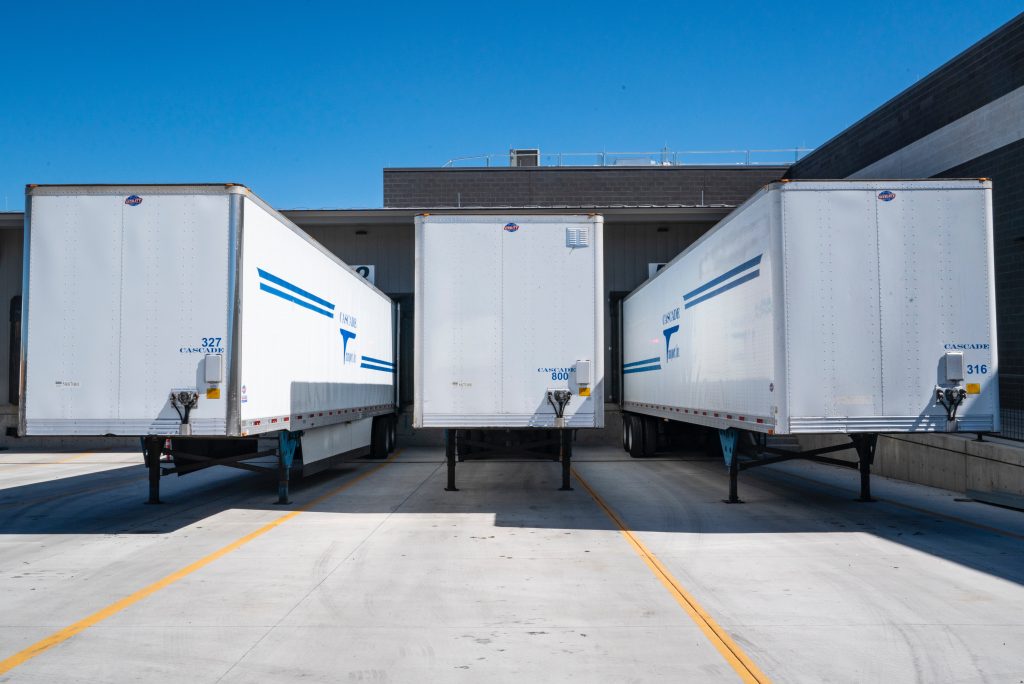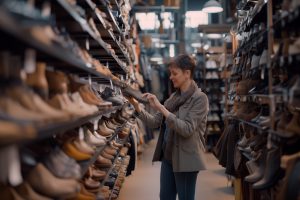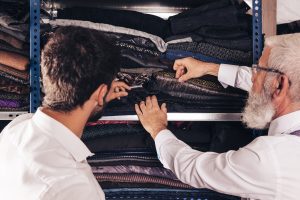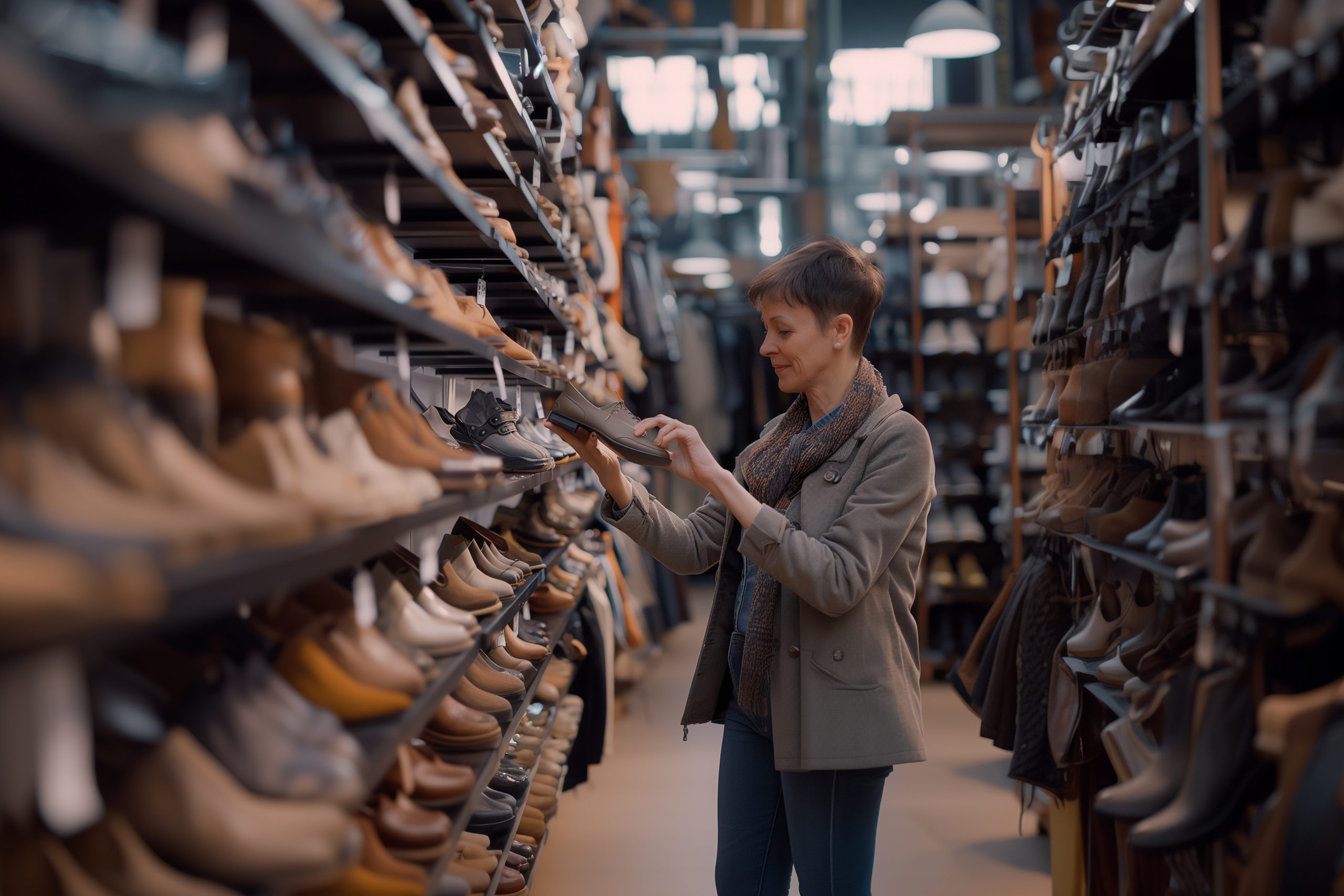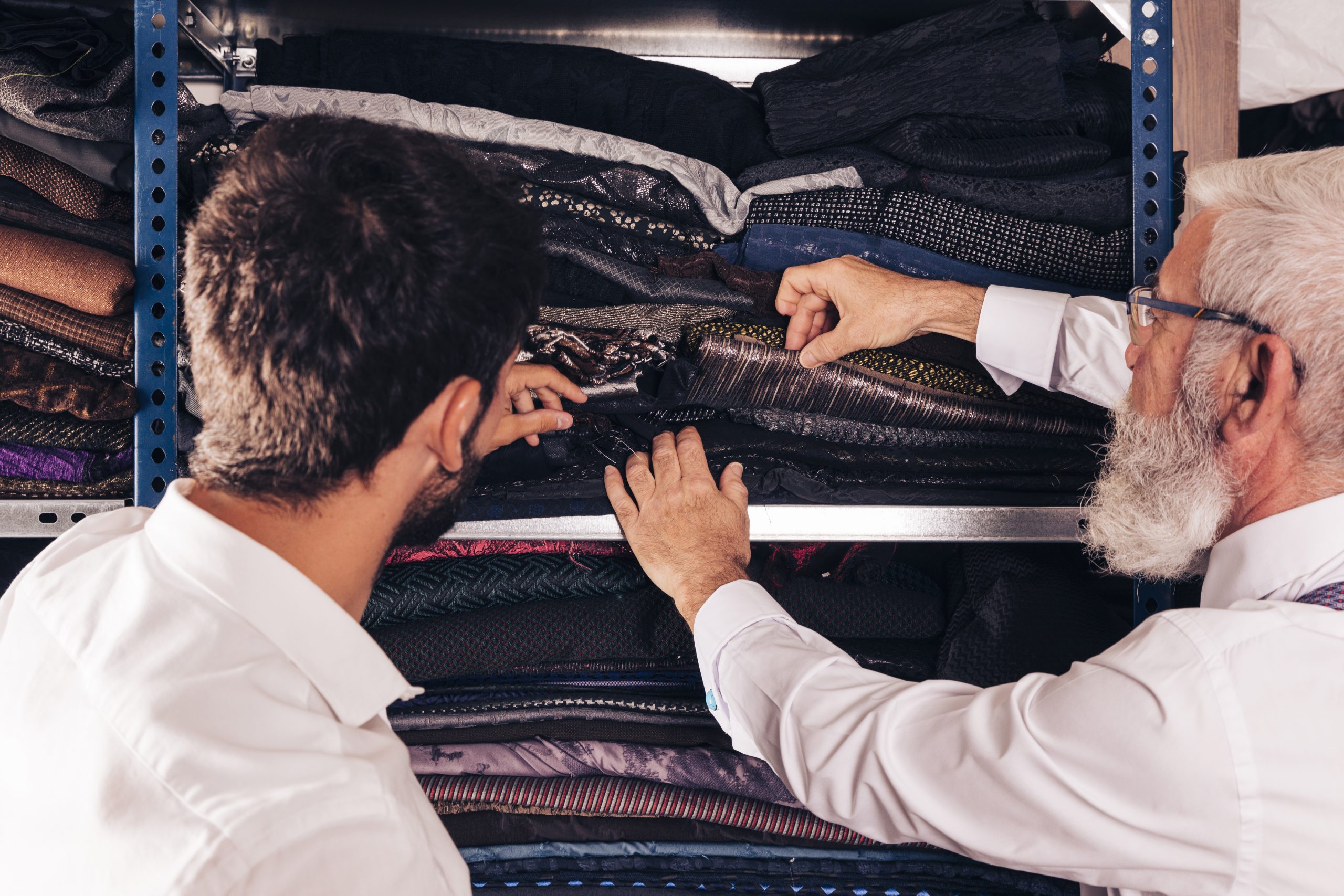In our first installment on this topic, we covered the basics of tariff engineering, use cases from brands like Converse and Nike, and how importers can get started implementing these practices.
You can read that introductory piece here: Importing and Tariff Engineering: An Overview
Tariff engineering is a method in which the HTS classification is altered to benefit from lower duties on the imported goods. Tariff engineering empowers importers to tweak what their goods may be classified as by CBP, so they can save money on duties and fees.
However, an important distinction here: importers cannot reclassify goods under a different code. The goods must be genuinely able to fall under another classification — through modification of the goods, packaging, or otherwise. Another interesting method used by importers is importing components of the goods into the US separately and then assembling them once they’ve arrived.
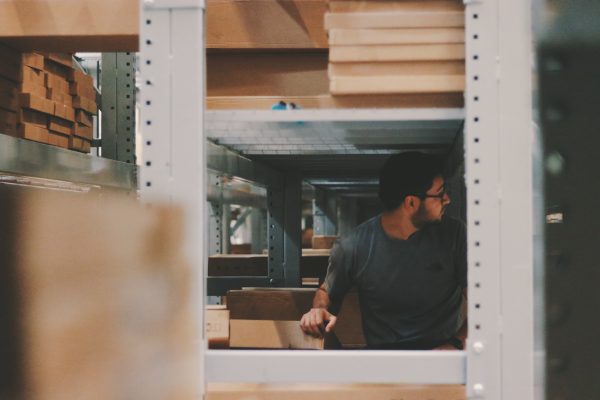
What is the legality of Tariff Engineering?
We can trace tariff engineering all the way back to the 19th century. And the Courts have consistently upheld rulings in favor of the practice. That doesn’t mean that there haven’t been cases where the import hasn’t been disputed by CBP.
For example, in 2018, Ford Motor Company ran into trouble on their imported vans (Ford Motor Company v. United States, 2018). Ford modified the vehicle just enough to fall under the classification of a passenger van and not a cargo van — 2.5% versus 25% ad valorem!
How can importers pull off tariff engineering practices?
In our intro piece on the topic, we provided importers with a list of 7 questions to ask themselves before implementing tariff engineering.
Lawrence Friedman, Partner at Barnes, Richard & Colburn law firm outlines a fairly straightforward 6-step process to nailing the import process with your product classification and reducing risk for issues with CBP:
1- Start before the product design is finalized.
2- Know the tariff for the product you wish to import.
3- Identify the changes to be made to the product to qualify for a lower tariff.
4- Question if it makes sense to make changes to the product at a reasonable price: “If achieving a 3% duty savings requires 4% in additional product costs, there is no point.”
5- Accurately describe the imported product upon entry as failure to do so is considered fraud.
6- And lastly: “avoid fictional or temporary products: sell what you import.”
—
Tariffs will impact various products — and supply chains at large — in various ways. Sometimes unexpectedly. The reality is, tariff engineering can be a complex process, but a worthwhile and profitable one for an importer if done correctly. It is incredibly important that importers be sure to consult with customs experts throughout the process in order to ensure compliance with CBP regulations.
There is a reason that tariff engineering is such a topic of interest for importers: it can result in significant duty savings. There is ample opportunity for classifications to be used for the profitability of the importing company, so long as it’s undertaken with caution and through consulting with trade and customs professionals. You can connect with a customs consultant or broker here.
